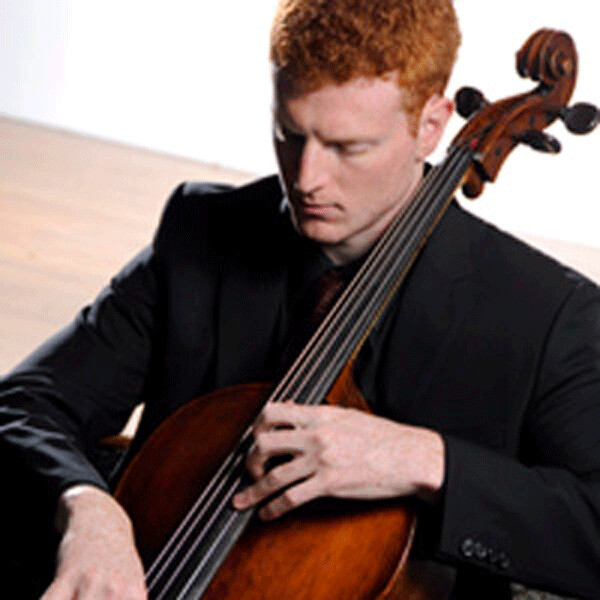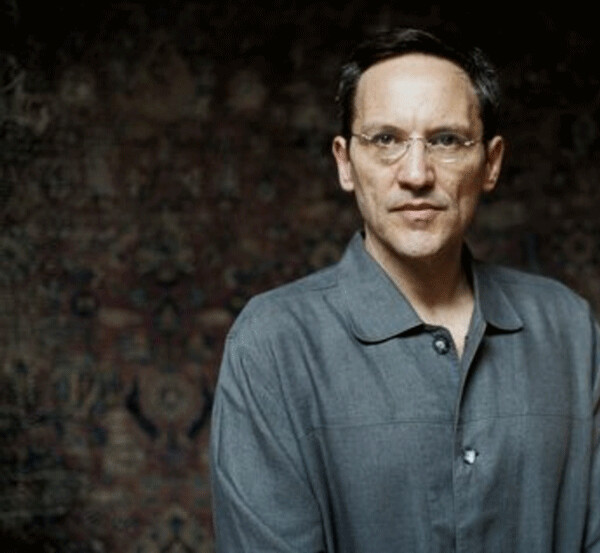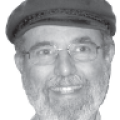News & Articles
Browse all content by date.

This past Saturday evening was filled with the second classically-based concert of the season by the Duluth Superior Symphony Orchestra. Considerable snow had fallen on Friday, October 27 - over 10 inches in the upper sections of Duluth - so lots of music lovers were ready for a gently sultry concert with a peppy conclusion to bounce them out the doors. Inspiration was the theme-word chosen by Music Director Dirk Meyer for this particular collection of musical gems. During the evening, inspiration was manifested from several different directions.
Mi Buenos Aires Querido
Two works by Argentine composers were shared, one opening the concert and the other opening the second half. I found this idea very effective: it put the more current composers in the role of introducing the more established classical masters. Astor Piazzolla, who died in 1992, established himself as a thorough master of nuevo tango, a more chromatic and abrupt approach to the traditional tangos of the 1930s. He was also a youthful prodigy on the bandoneon - an Argentine ‘button-box’ with a soulful sense of sighing as it was squeezed in and out. His tango combo gradually gained popularity world-wide with his dozens of compositions.
‘ Oblivion’ is one of his most popular these days, and exists in multiple arrangements for many combinations of instruments. Abraham Feder, guest cellist for the evening, took the lead and beautifully sang the nostalgic melody, while the DSSO strings offered the understated tango rhythms to keep the dance as intimate as possible. Five absolutely compelling minutes later and the audience was eager for more.

That didn’t happen, but earlier, the concert had begun with a set of almost tangos deeply inspired by the life and music of Piazzolla. Composer Osvaldo Golijov(born 1960) began a composition on Piazzolla’s behalf when he heard of his stroke in 1991. It turned into a two movement piece called Last Round, in memory of the great tango master. I thought this was the highmark of Saturday evening. Nine solo string players (two quartets of DSSO section leaders plus string bass) create a sparring match with the rest of the strings as the tango rhythm support. The bowing techniques are meant to imitate the alternating bellows on the bandoneon, and the effect was really intense. The first section, cool and dangerous, was capturing the struggle of a man faced with the presence of death. Secondly, Death of the Angel, shared a beautiful melody about loving Buenos Aires, remembering Piazzolla, who changed so much about the local musical scene. Conductor Meyer was quite engrossed, so the strings responded to his leadership. Even with no bandoneon on stage the air was filled with a nostalgia for Buenos Aires and Piazzolla’s gift of melody.
Schumann and Mozart still bring music to our ears
The Golijov piece was followed by the Cello Concerto written by Robert Schumann just after his very happy move to Dusseldorf. He was always deeply in love with his wife Clara, and this three movement work without interruption was written with her in mind. Abraham Feder played the solo part. Feder has been connected with Director Meyer and Sarasota, but currently works with the Dallas Symphony Orchestra. His touch with the Schumann was youthful and very romantic. The gorgeous second movement melts the audience with a duet between Feder and principal DSSO cellist, Betsy Husby. These few minutes were worth the entire concerto.
Following the Piazzolla, Meyer launched into Wolfgang Mozart’s Symphony No. 39 in E-flat. In 1778 Mozart completed all three of his final symphonies, and some consider this E-flat Symphony to be one of the best of his creations. The DSSO was in good hands with Meyer’s fluidity. The overall effect was less than stimulating, but the opening Adagio and the brief, flighty, fourth movement lifted the sultriness from the stage. On Saturday evening Meyer had re-arranged the strings to meet the demands of the Golijov pieces. In retrospect, having the bass players on stage right certainly diminished their sound across the lower floor of the auditorium. Otherwise, the DSSO strings and winds, with a few brass players, had an obviously boisterous time celebrating Mozart and pushing the snow a few feet further away from the end of October.
| Tweet |


